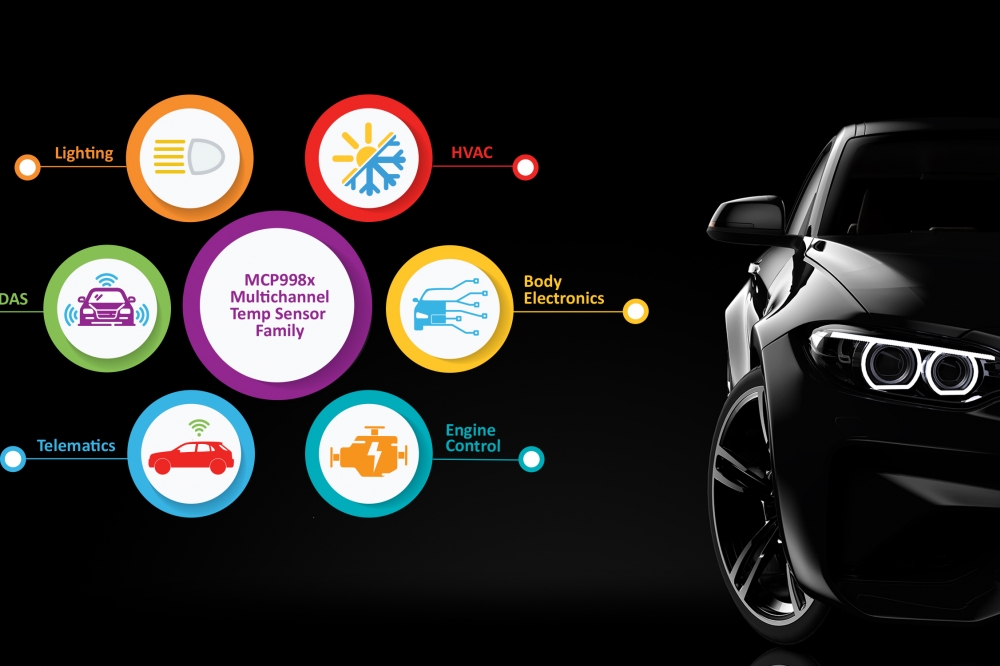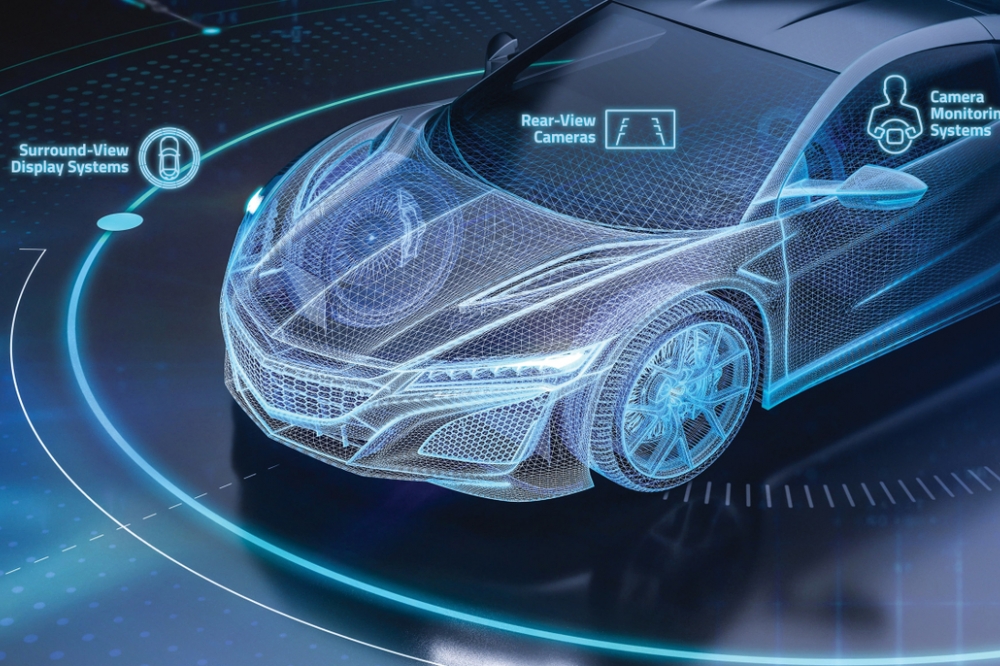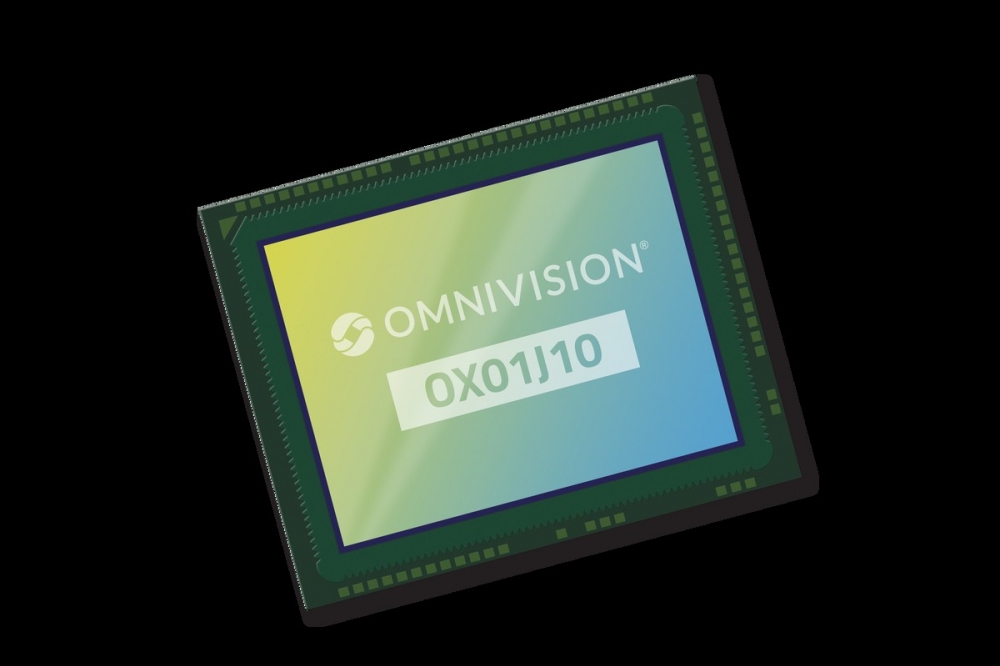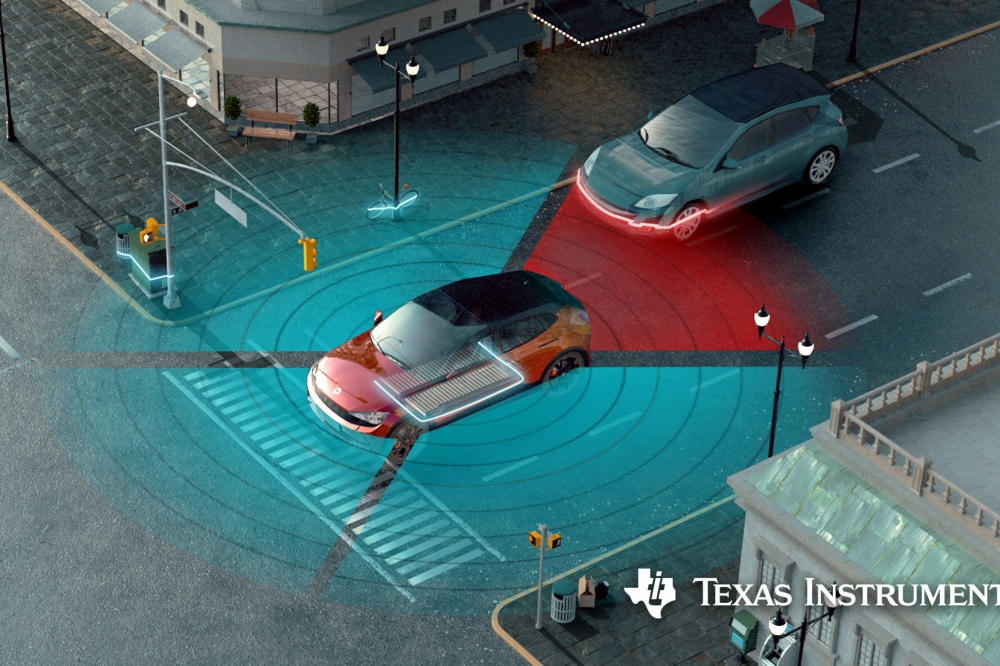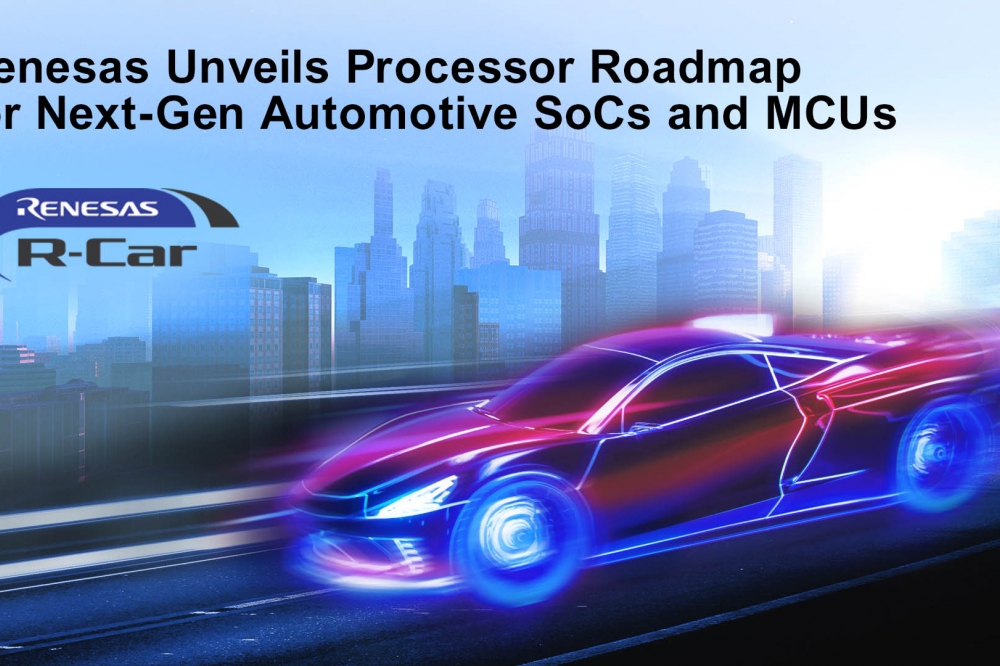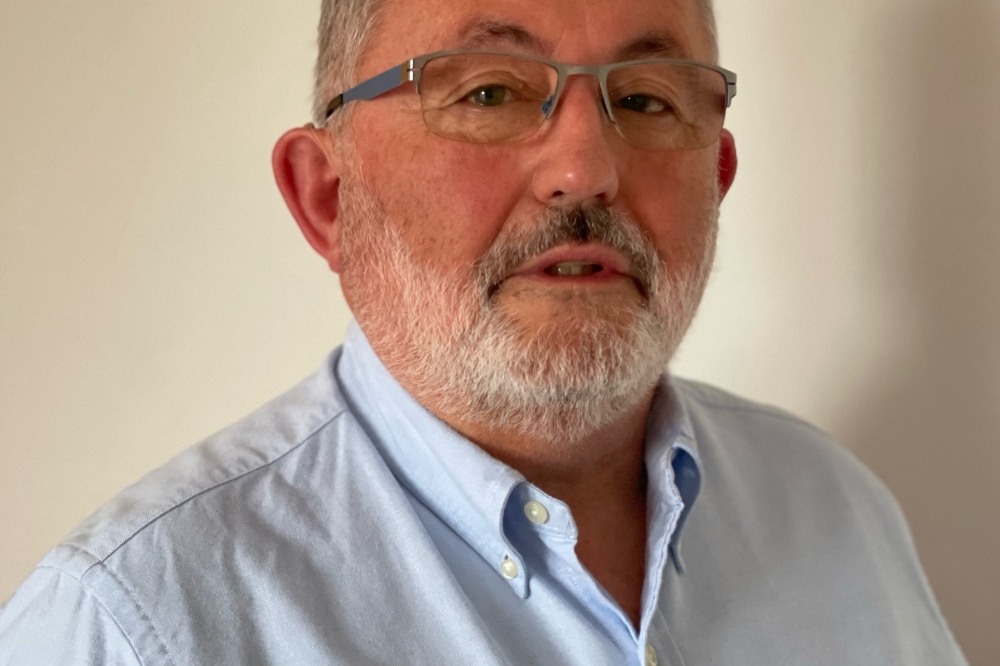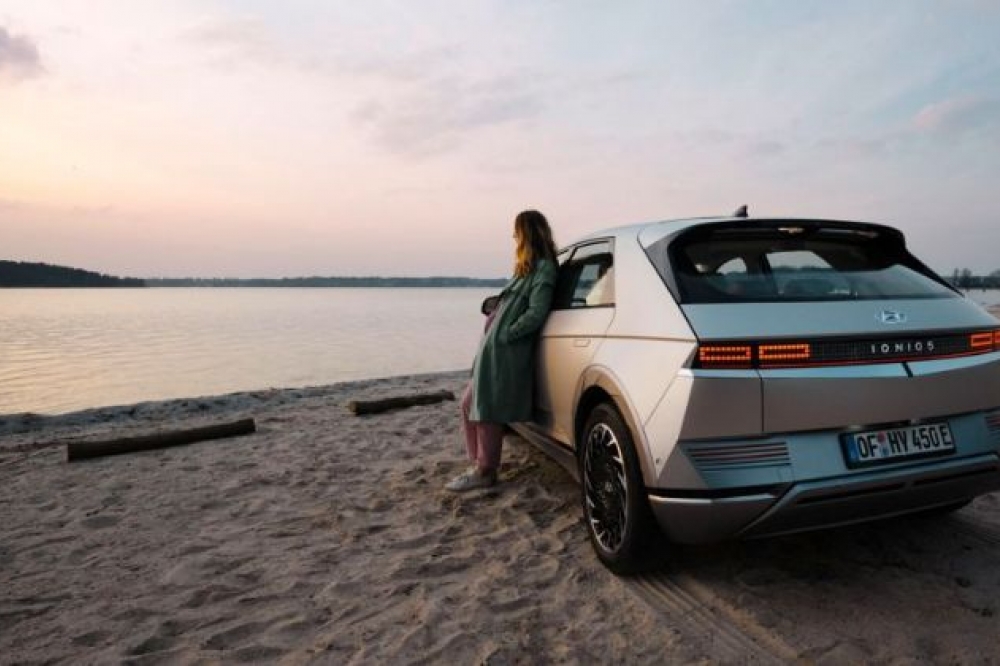MOIA concludes testing phase to begin official operations in Hannover
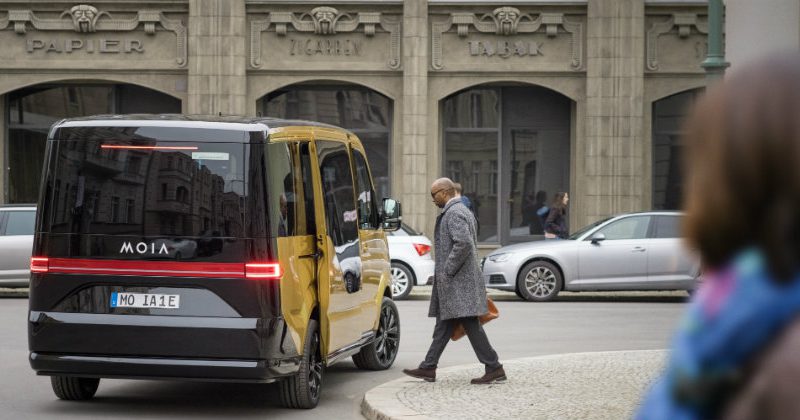
Exactly 300 days and more than 230,000 rides after the launch of its testing phase in Hannover, MOIA will begin regular operations of its ridesharing service.
Together, 140 drivers in 35 vehicles, along with an intelligent algorithm, will offer Hannover residents a new kind of mobility experience. MOIA considers itself a link between individual mobility and public transportation in the city.
The license that MOIA received from the city of Hannover is valid for up to 150 vehicles. MOIA will gradually increase the number of cars in its fleet to reach 150, making it the largest ridesharing fleet in Germany. Depending on the results of an accompanying independent research project that will report on the effects of the new ridesharing offer on public transport and traffic interests, MOIA could expand its fleet to 250 vehicles starting in the summer of 2020.
The service area will cover about 90 square kilometres and, unlike in the testing phase, will include the areas Waldheim, Stöcken and Maschsee. MOIA will continue to add more neighborhoods as operations progress. The initial user group will include the 3500 active test users as well as 15,000 new users. The new user group will consist of the applicants who had applied to take part in the service test in October 2017 but were not yet included. As the fleet continues to grow, MOIA plans to open operations to all Hannover residents by the end of 2018.
The MOIA app will be available for free in the Google Play Store and the Apple App Store starting 30 July. To avoid overloading the system in the first weeks, customer accounts will be activated gradually. Once an account is activated, the customer will be notified and they can start booking rides.
MOIA will make at least 50% of the fleet in Hannover electric by 2020. By 2022, MOIA will use only electric vehicles in the fleet.
"Hannover is the first city in which we will become an established part of public mobility. Together with the city of Hannover and all other mobility providers, we would like to convince people to use sustainable mobility instead of private cars. Long-term, we'd like to reduce the number of privately owned cars on the streets," says Ole Harms, MOIA CEO. "An independent study will accompany our operations and analyze how MOIA ridesharing affects mobility in the city."
"The testing phase showed us that ridesharing works," adds Robert Henrich, MOIA COO. "With just our small fleet of 35 vehicles and only 3,500 test users, approximately half of the rides were shared. We are so grateful to the test users for all of their suggestions and feedback that they sent us throughout the testing phase. This helped us refine our system. In the next phase, our goal is to show the public how attractive our offer is. We want to emphasise reliability, safety, comfort and fast turnaround times. We will also continue to refine our app and algorithm in order to increase the number of shared rides. In doing so, we hope to reduce traffic in the city."
The rate will lie somewhere between that of public transport and that of a taxi. The rate will fluctuate depending on day and time, as well as supply and demand. To make costs predictable and transparent for users, the app will always display the full price to the user before booking. That way, the user can still decide if they want to book or not. That price will not change after the booking is confirmed.
MOIA concludes testing phase to begin official operations in Hannover
Modified on Thursday 2nd August 2018
Find all articles related to:
MOIA concludes testing phase to begin official operations in Hannover


 Add to my Reading List
Add to my Reading List Remove from my Reading List
Remove from my Reading List
